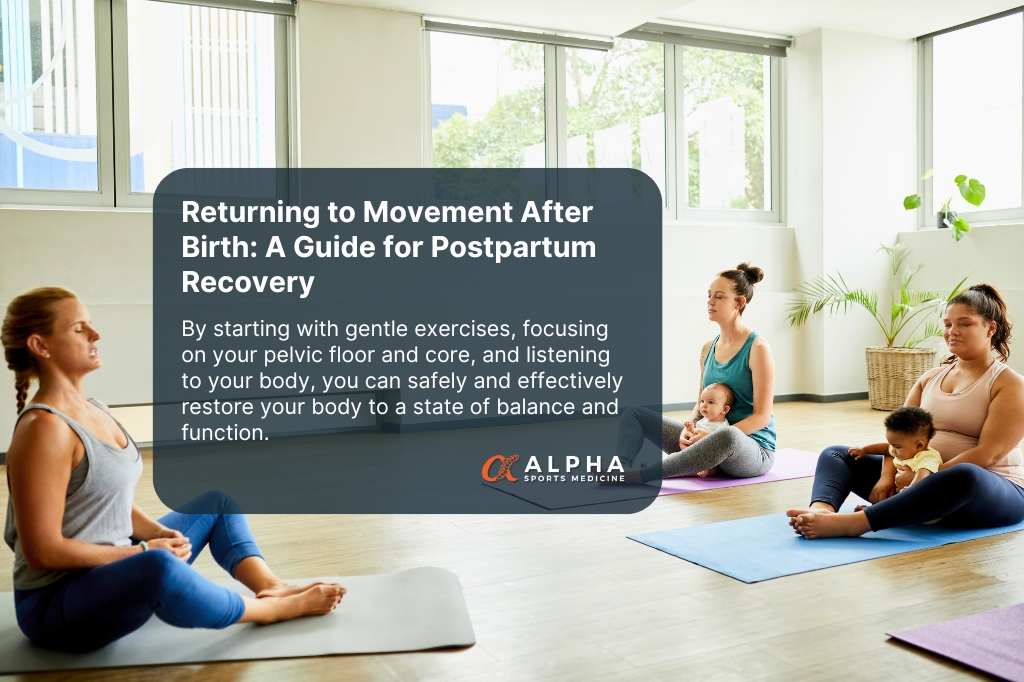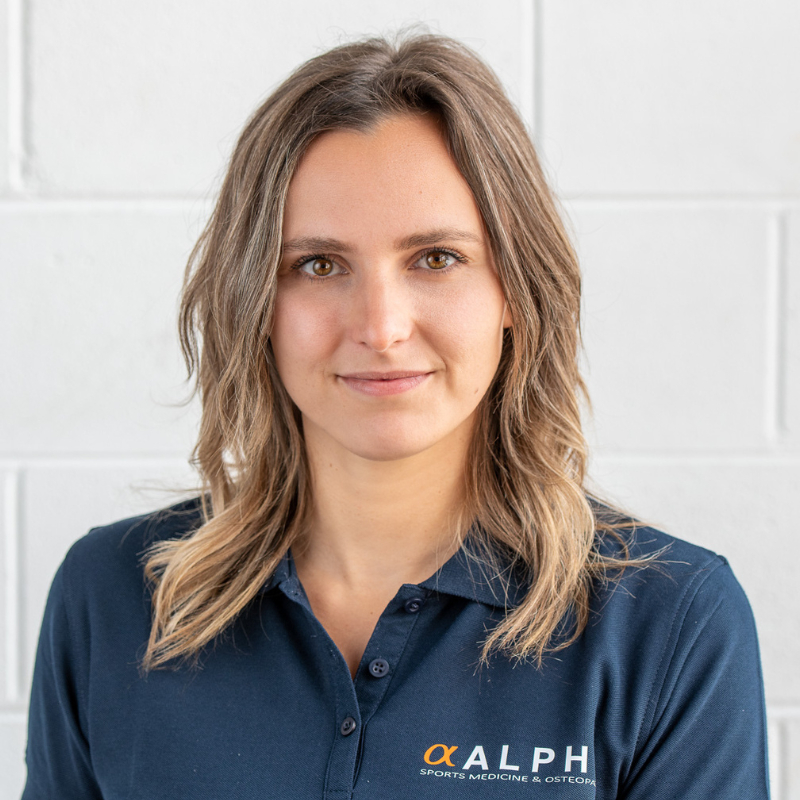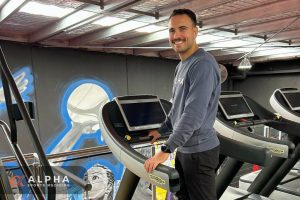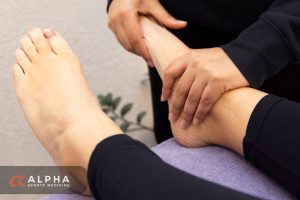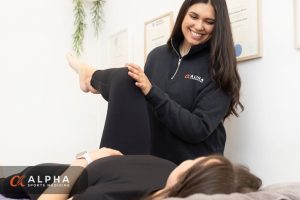Welcoming a new baby into the world is one of life’s most rewarding experiences, but it’s also a time of great physical change. As a new mother, your body goes through a lot during pregnancy and childbirth, and it’s important to allow it time to recover before jumping back into any exercise routines.
At Alpha Sports Medicine located in Newport, Ascot Vale and Bacchus Marsh, we understand how important it is to restore your strength and mobility safely. On this page, we’ll share some tips on how to return to movement postpartum, focusing on gentle exercises and self-care to help your body heal.
1. Give Yourself Time to Heal
After childbirth, your body needs time to recover, both physically and emotionally. Whether you had a vaginal birth or a cesarean section, your muscles, ligaments, and pelvic floor will have been through a lot. It’s essential to listen to your body and avoid rushing back into intense exercise.
Most healthcare providers recommend waiting until your six-week check-up before starting any structured exercise routine. However, this doesn’t mean you have to wait to begin moving. Gentle movements like walking, stretching, and pelvic floor exercises can help you rebuild strength in the early weeks.
2. Start With Pelvic Floor Exercises
The pelvic floor supports your bladder, bowels, and uterus, and it often weakens during pregnancy and childbirth. Strengthening your pelvic floor is key to returning to physical activity safely. Start with basic pelvic floor exercises (often referred to as Kegels) to improve muscle tone and function.
How to do pelvic floor exercises:
- Find a comfortable position, either sitting or lying down.
- Tighten the muscles you would use to stop urinating or prevent passing gas.
- Hold for 1-10 seconds (use weeks postpartum as a general guide, 1 week postpartum = 1 seconds, 2 weeks postpartum = 2 seconds etc)
- Repeat this process 10-15 times, several times a day.
These exercises can help prevent urinary incontinence, improve your posture, and support overall core stability.
3. Focus on Core Strength
Your core muscles have likely weakened during pregnancy and childbirth, and rebuilding them gradually is key to avoiding back pain and injury. Start with gentle exercises that target the deep core muscles, such as pelvic tilts, bridges, and gentle abdominal contractions.
Example core exercises:
- Pelvic tilts: Lie on your back with knees bent and feet flat on the floor. Tighten your abdominal muscles and gently tilt your pelvis upward.
- Bridges: Lie on your back with knees bent and feet flat. Tighten your core and lift your hips toward the ceiling, then lower them back down slowly.
Remember to engage your core throughout the day when performing activities like lifting your baby, carrying groceries, or picking up items around the house.
4. Embrace Gentle Movement
Returning to exercise doesn’t mean you have to dive straight into high-intensity workouts. Instead, focus on gentle movement that encourages blood flow, improves flexibility, and promotes recovery.
- Walking: Start with short walks around the block and gradually increase the time and distance. Walking is a great low-impact exercise that can help with circulation and mobility.
- Postpartum pilates: Consider trying pilates, which offers a combination of stretching and strengthening. At Alpha Sports Medicine in Newport, we offer 1:1 postpartum pilates sessions designed to support new mothers and focus on rehabilitation. We also work in conjunction with other studios in the Newport, Spotswood, Yarraville, Williamstown, Altona, Ascot Vale, Moonee Ponds, Ascot Vale, Footscray, Bacchus Marsh and Melton areas to ensure your return to exercise is safe and tailored to your needs.
5. Listen to Your Body
The key to a successful postpartum recovery is listening to your body. If you experience pain, discomfort, or fatigue during or after movement, take it as a sign to slow down. It’s normal to feel some discomfort in the early weeks, but persistent pain or unusual symptoms (such as pelvic pain, vaginal bleeding, or dizziness) should be addressed with your healthcare provider.
As you continue to increase your activity, remember that everyone’s postpartum recovery is unique. Your journey will be different from someone else’s, and that’s perfectly okay.
6. Get Support From Your Osteopath
Returning to movement postpartum isn’t just about exercise—it’s about understanding how your body moves and regains strength. Working with an Osteopath at Alpha Sports Medicine Newport can help you develop a personalised recovery plan that aligns with your body’s needs.
An Alpha Sports Medicine Osteopath can assess your posture, movement, and any areas of tension or restriction. Osteopathic treatments, such as gentle manipulation, can support your recovery by improving mobility, reducing muscle tension, and enhancing overall comfort.
Returning to movement postpartum is an important step in regaining your strength, energy, and overall well-being. By starting with gentle exercises, focusing on your pelvic floor and core, and listening to your body, you can safely and effectively restore your body to a state of balance and function.
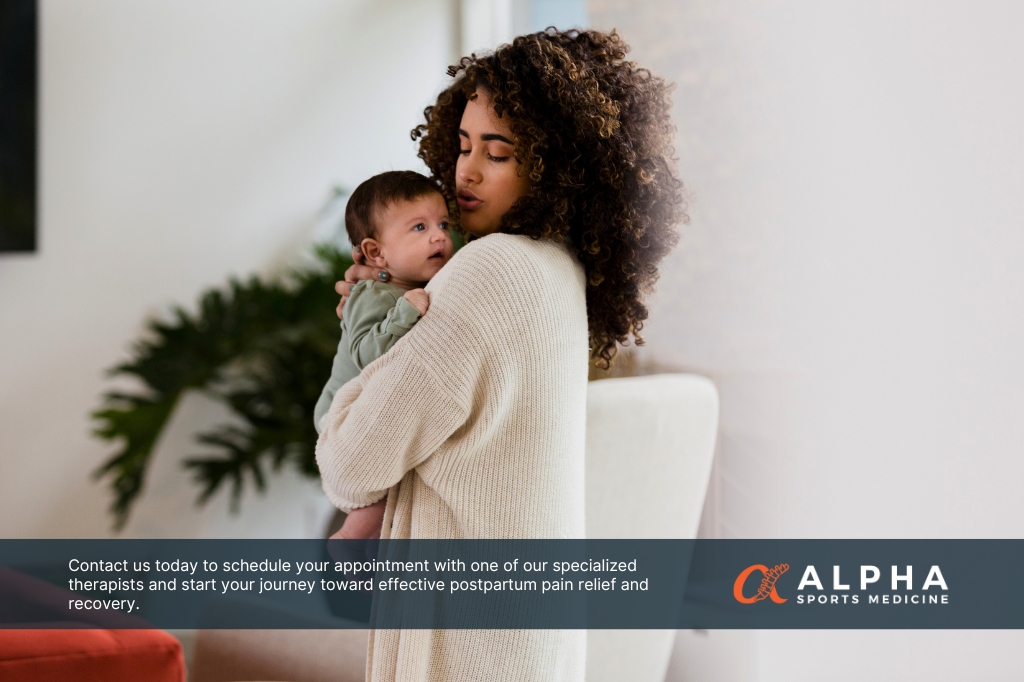
If you’re struggling with pelvic pain, back discomfort, or other postpartum challenges, we’re here to help. Our Alpha Sports Medicine Osteopath in Newport, Dr. Lara Trevorrow is experienced in treating new mothers and can provide guidance tailored to your needs.
Remember: Take it one step at a time, be kind to yourself, and celebrate every small milestone on your journey back to movement.
Author
-

Dr. Ashton Wilson began her studies with a three year Bachelor of Biomedical Science, where she majored in Anatomy and Physiology. She then switched to a more hands on approach, where she completed a three year Bachelor of Clinical Science and a two year Masters of Osteopathy. Ashton has since completed further education and is a qualified Strength and Conditioning Coach as well as a Kinetic Link Trainer.
View all posts


